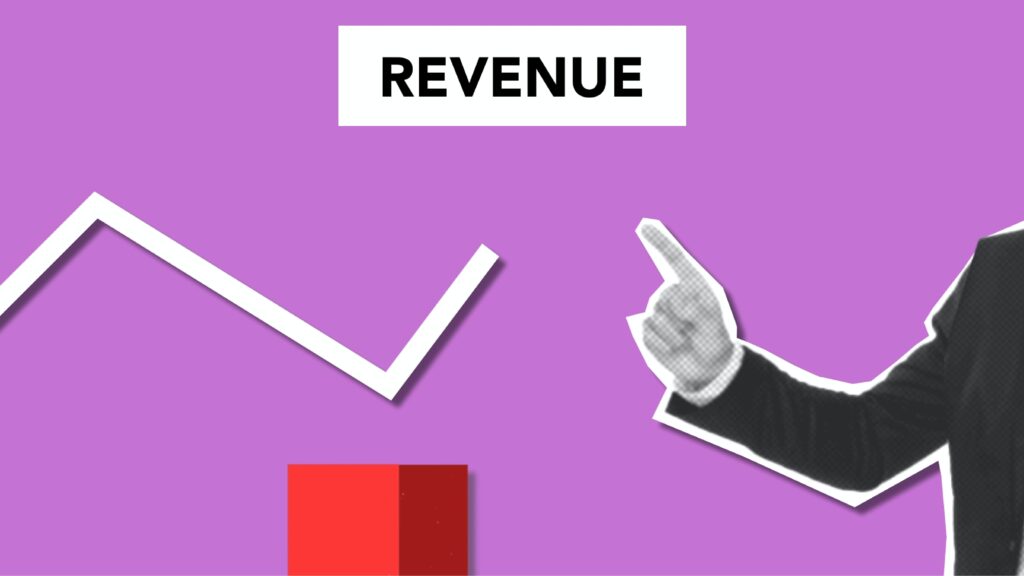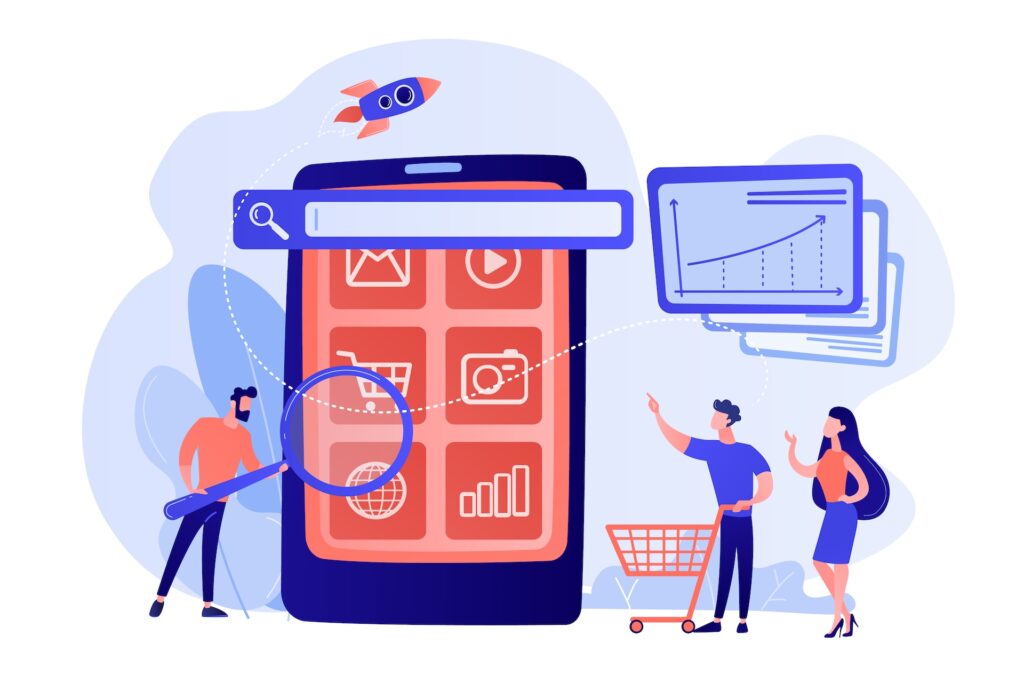Delivery fees can decide whether a customer finishes their order or leaves the cart. If fees are too high, people back out. If they’re too low, you lose money. The trick is to find a balance that covers costs but still feels fair to your customers.
There’s no single answer. A small bakery, a local courier, and a furniture store will all handle delivery differently. What matters is being clear and upfront. Show the cost early. Don’t hide extra charges. And use delivery as part of your sales strategy, not just a necessary step.
In this post, we’ll look at common delivery fee models—flat, free, weight, distance, and parcel lockers. We’ll also go over some best practices to help you set up a system that works for your WooCommerce store.
Common Delivery Fee Models
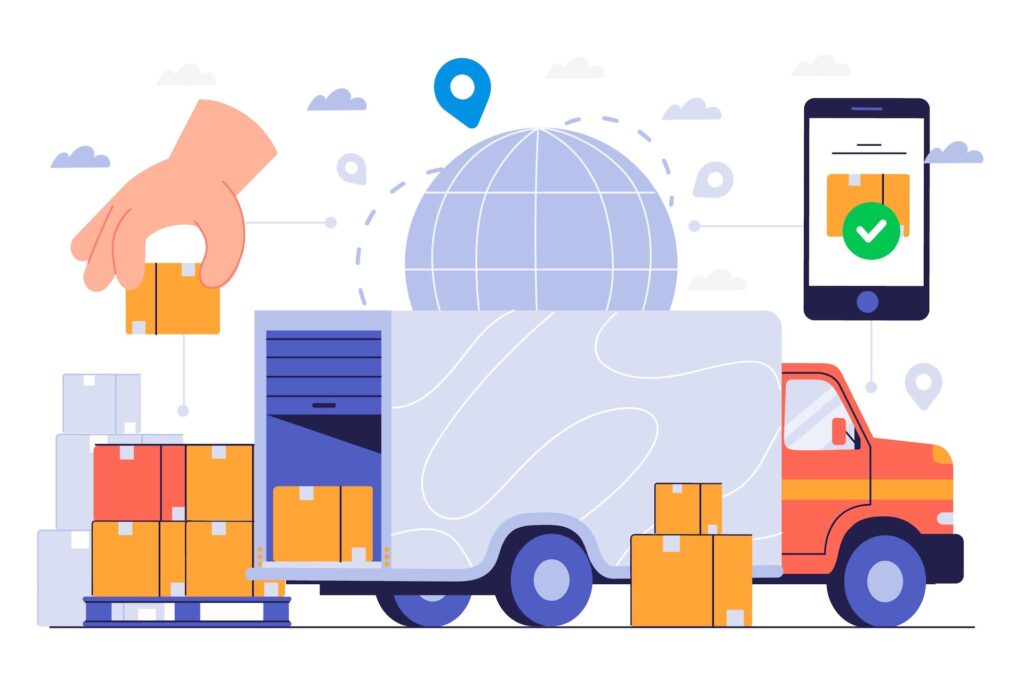
Every store handles delivery fees differently. Here are the most common ways:
Flat rate
One fixed fee for all orders. Easy to set up, easy for customers to understand. Works well if most of your products are similar in size and weight.
Free shipping
Everyone loves free shipping, but it’s not really free. You need to cover the cost by adjusting product prices or setting a minimum order amount. A free shipping threshold can push customers to add more to their cart.
Weight-based pricing
The heavier the order, the more it costs to ship. Fair for bulky or heavy products. Less useful for small, lightweight items.
Dimension-based pricing
Shipping cost based on package size (length, width, height). Useful for items that are large but not heavy, like lamps, rugs, or posters. Carriers often use this method because big packages take more space in trucks.
Distance-based fees
The farther the delivery, the higher the price. Good for local services like food delivery, florists, or furniture shops. We’ll look at this more closely later.
Parcel lockers and pickup points
Instead of home delivery, customers collect orders from a locker or store. Usually cheaper, often faster, and popular in cities.
Best Practices: Finding the Right Balance
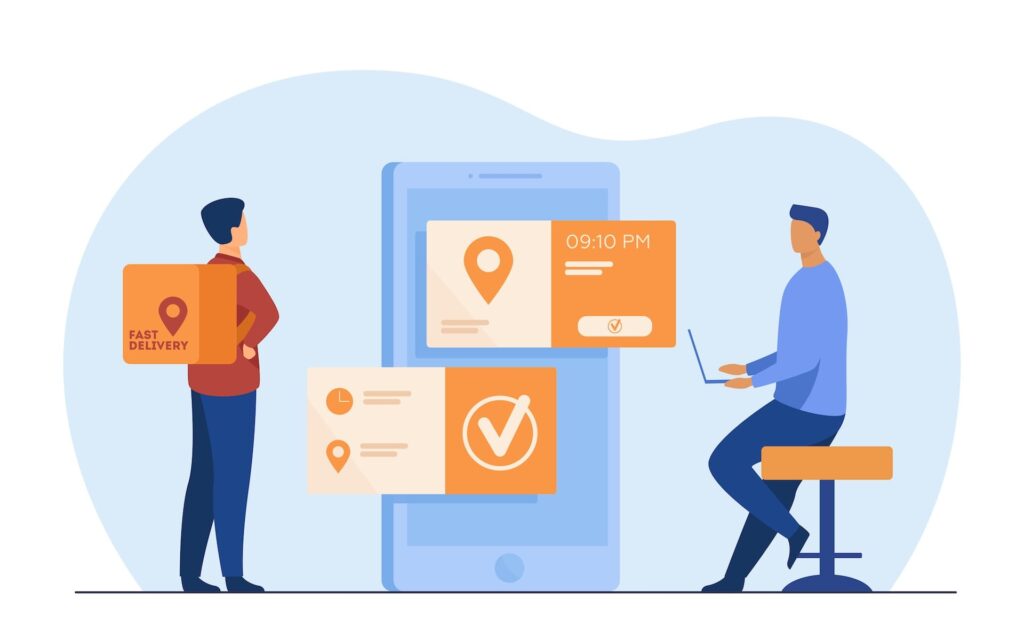
The goal is simple: cover your costs without scaring away customers. Here are a few things to keep in mind:
Be clear and upfront
Show delivery fees early. Don’t wait until the last checkout step. Hidden costs are the fastest way to lose a sale.
Match fees to your margins
Look at what you earn on each order. If your profit is small, you can’t afford to absorb all shipping costs. But if margins are high, free or discounted shipping might make sense.
Check your competition
If everyone else in your niche offers free delivery, charging a high fee will push customers away. On the other hand, if delivery is standard in your market, a small fee won’t hurt.
Use free shipping as a tool
Instead of offering it on every order, set a minimum spend. This encourages customers to add one more item to reach the threshold. The Free Shipping Label & Progress Bar plugin helps here by showing shoppers exactly how much more they need to spend.
Offer choice when possible
Not every customer wants the cheapest option. Some prefer faster delivery, some want parcel lockers, and some are happy to wait a few extra days for free shipping. Give people options.
Try short-term experiments
You don’t have to commit to one delivery fee model forever. Test it. Try offering free shipping for a day or a weekend. Or lower your delivery fee for a limited time. See if more people finish their orders, or if average order value goes up. Small experiments like this can help you find the balance that works best for your customers and your margins
Distance-Based Delivery Fees
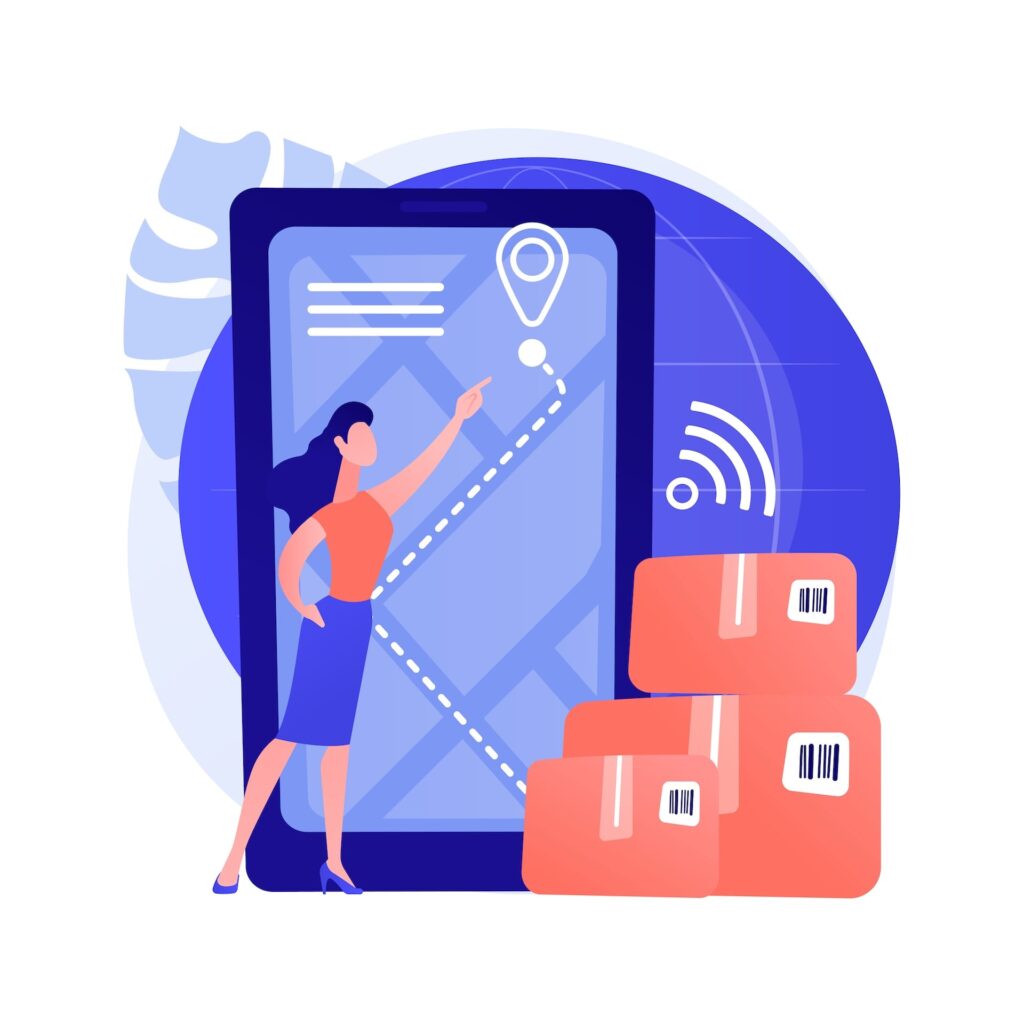
Distance-based delivery means the fee changes depending on how far you need to travel. The longer the route, the higher the price. It’s fair for both sides: customers closer to you pay less, and you don’t lose money on long trips.
This model is common in local businesses where delivery is a big part of the service. Think of restaurants, grocery stores, florists, bakeries, pharmacies, or food trucks. It also works well for larger items like furniture or appliances, where distance really affects cost. Couriers, catering companies, and medical suppliers also often rely on it.
The main advantage is accuracy. Instead of guessing a flat fee or trying to fit everything into weight or size categories, you charge based on the actual trip. The downside is that it requires more setup than a simple flat rate.
If you’re running a WooCommerce store, the Calculate Prices Based on Distance for WooCommerce plugin can handle this. It uses Google Maps to measure real driving distance and automatically applies the right fee. The free version covers the essentials, like charging per kilometer or mile and showing the cost instantly at checkout.
For shops that need more control — like setting different fees for distance ranges or limiting how far you’re willing to deliver — the Pro version adds those options.
Conclusion
There’s no single “best” way to set delivery fees. What works for a small bakery might not work for a furniture store or a courier. The key is to be clear, fair, and realistic about your costs.
Flat rates keep things simple. Free shipping can drive more sales if you set a threshold. Weight and size-based pricing help with bulky products. And distance-based fees are the fairest option for local deliveries.
Whichever model you choose, show the cost early and avoid surprises at checkout. Customers appreciate honesty, and that builds trust.
And remember, shipping isn’t just an expense—it’s also a tool. Use it to encourage bigger orders with free shipping thresholds (our Free Shipping Label & Progress Bar plugin makes that easy), or to keep local deliveries profitable with distance-based pricing.
The right mix depends on your business. Test, adjust, and see what works best for your customers.


